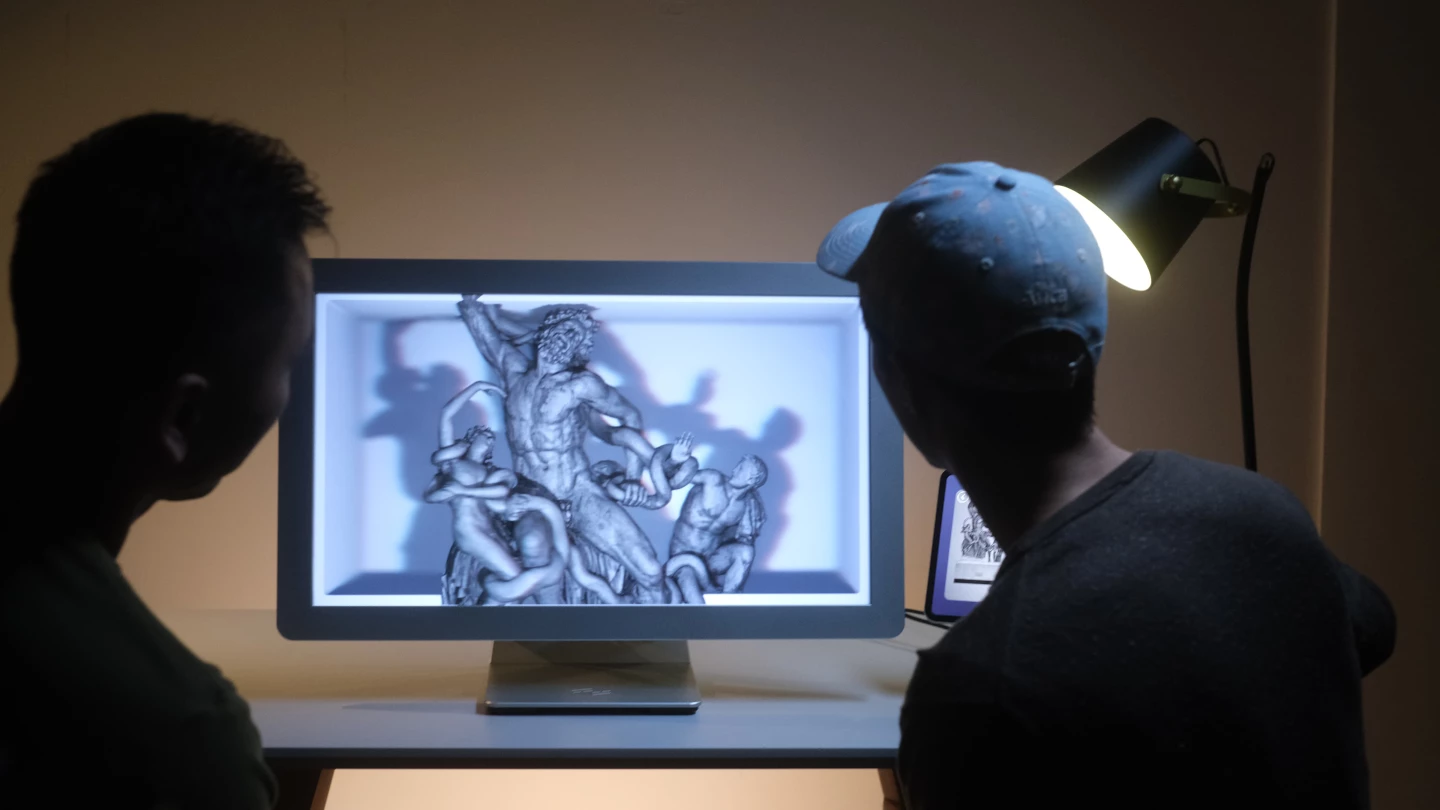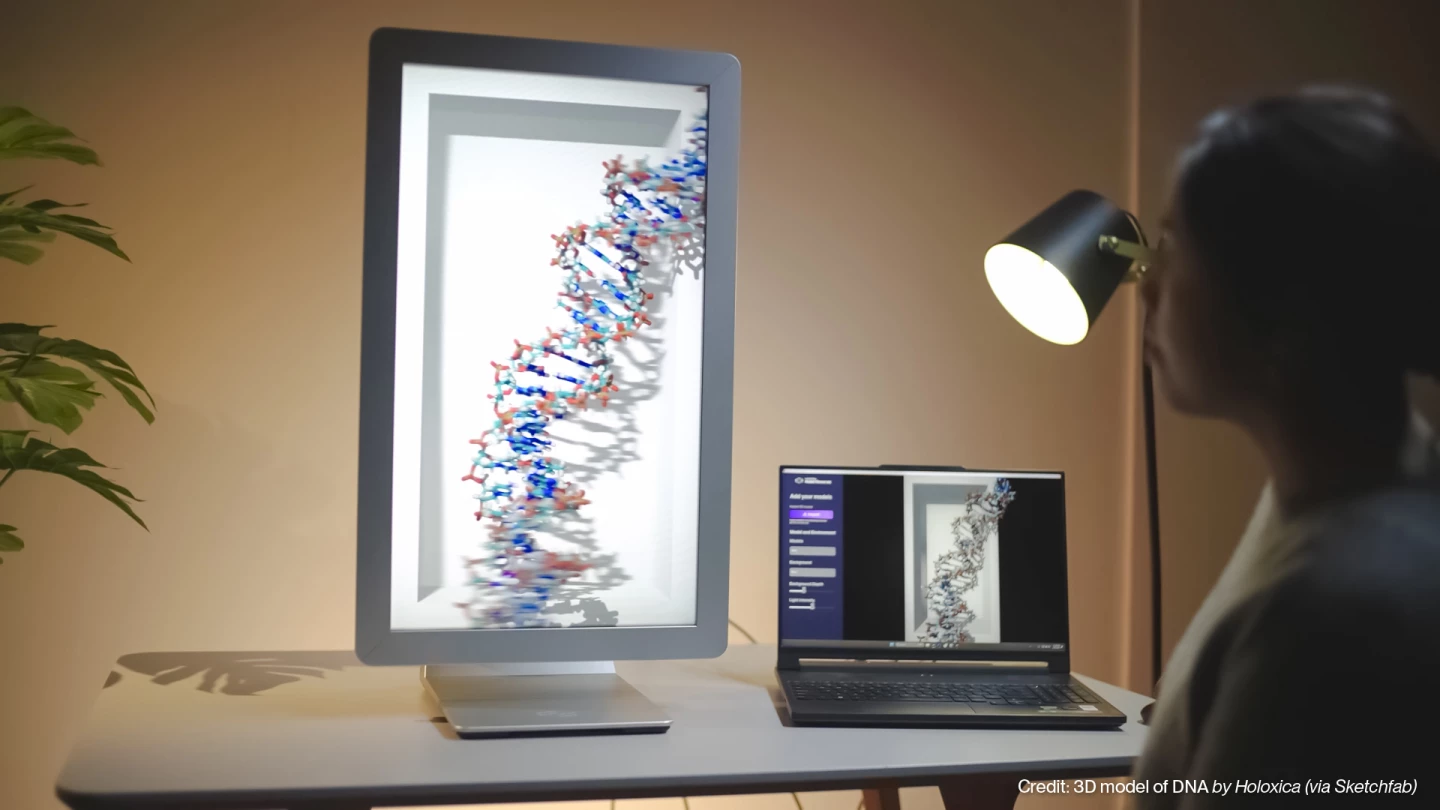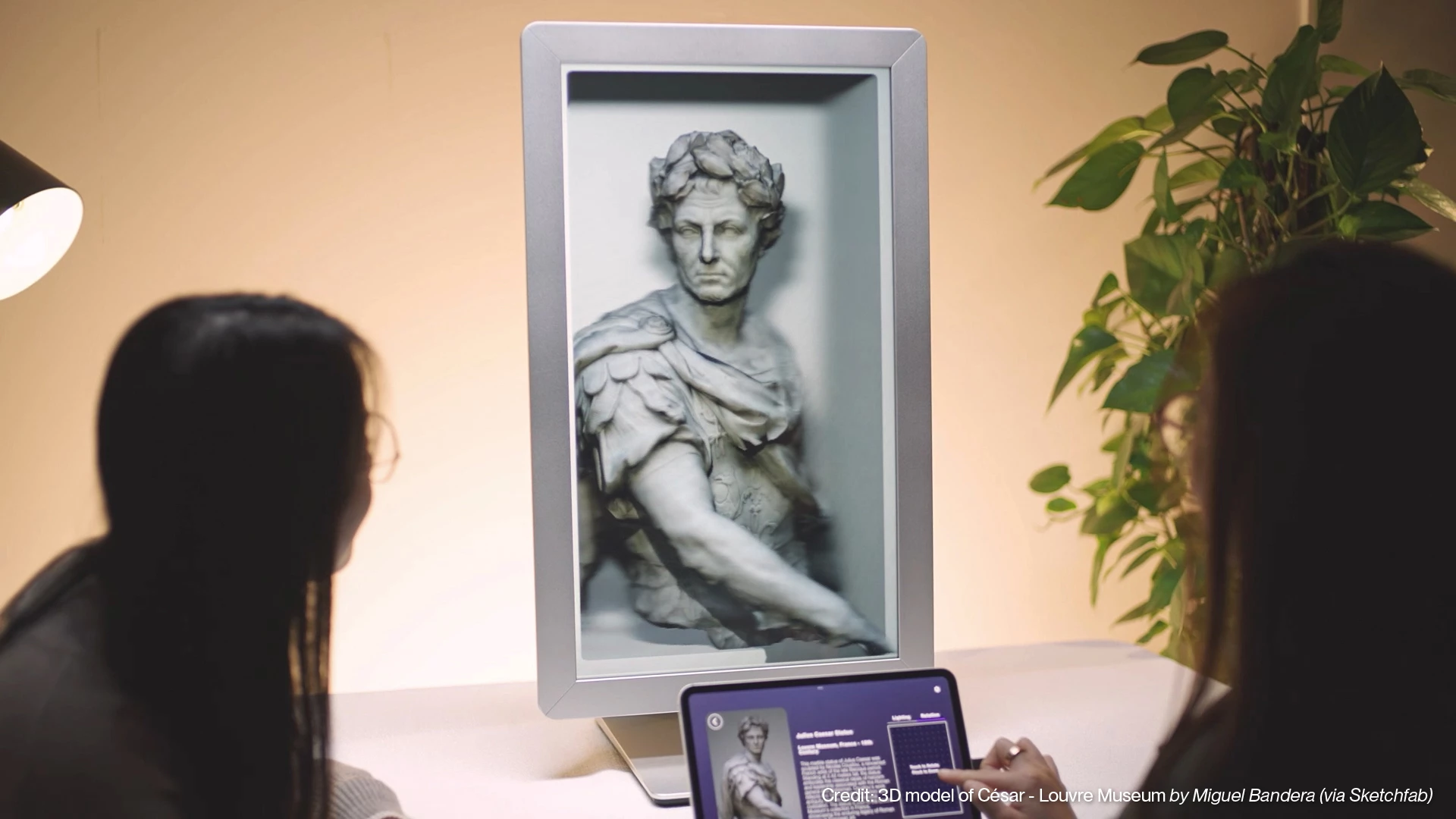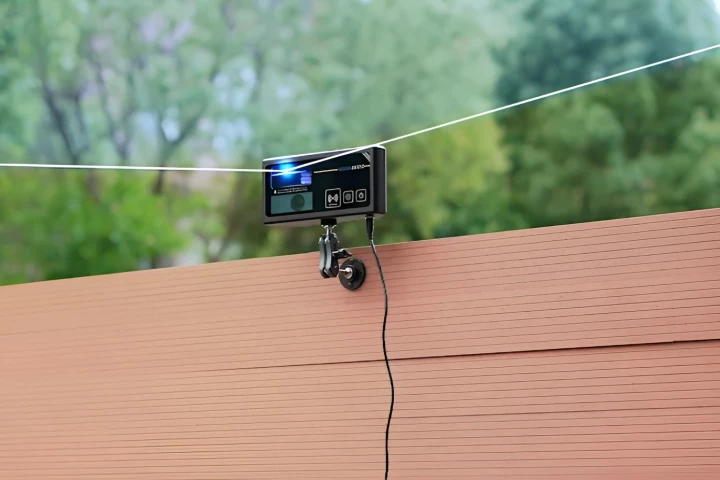Looking Glass has launched a 27-inch version of its immersive light-field displays, which allow folks to experience three-dimensional visuals without having to don special headsets. The tech also allows multiple users to share the 3D viewing experience.
The company's "most powerful three-dimensional display to date" sits between last year's 16- and 32-inch models in terms of size , which all live in the same professional arena as the "impossibly large" 65-inch display.
"This is a breakthrough moment for 3D," said Shawn Frayne, CEO and co-founder of Looking Glass. "With the new 27-inch display, we’ve combined major hardware and software advances to cut system costs and dramatically reduce compute requirements. It’s never been easier for developers and enterprises to build, test, and then deploy applications for their audiences in 3D."
The unit is just an inch thick yet delivers a reported resolution of 5K at 60 Hz (5,120 x 2,880 pixels), with a virtual depth of 16 inches and 8-bit color. Add in lighting effects, material characteristics and translucency replicated to appear as they would in real life, and the recipe should result in real-time 3D content that pops "as if it's actually there."

Though users will need to develop such content on a computer running the Unity engine, the finished 3D project can be deployed on an iPad – which also powers the display, takes care of the app's computational needs and serves as a user interface. The Looking Glass software universe also supports Blender, the Unreal Engine and WebXR, plus its own Studio and Bridge tools. And 3D content can be rendered in iOS too.
The technology has also been designed for group viewing. Instead of having group members each wear a bulky headset and share an experience in a virtual space, the Looking Glass display can produce 45 to 100 perspectives of an object within the 53-degree viewing cone at the same time. This essentially means that your team can all gather around a single screen to view the same idea or concept together.
Single images or 3D videos can be displayed onscreen, as well as immersive applications and other media. The unit can sit on a desk stand or be mounted to a wall.

Unlike the smartphone-sized Go we tried in December, the Looking Glass 27 is aimed at businesses, and could find use in education settings or museums, research labs or medical training centers, R&D hubs or design studios, and perhaps even in retail or entertainment.
As such, it's priced well outside the reach of most consumers, at a suggested retail price of US$10,000 – but it can be had for $8k during the pre-order period (which runs until April 30). However, you'll need to choose whether you want a portrait or a landscape configuration, as one unit won't be able to do both.
The first shipments are expected to head out from June. The video below has more.
Product page: Looking Glass 27







